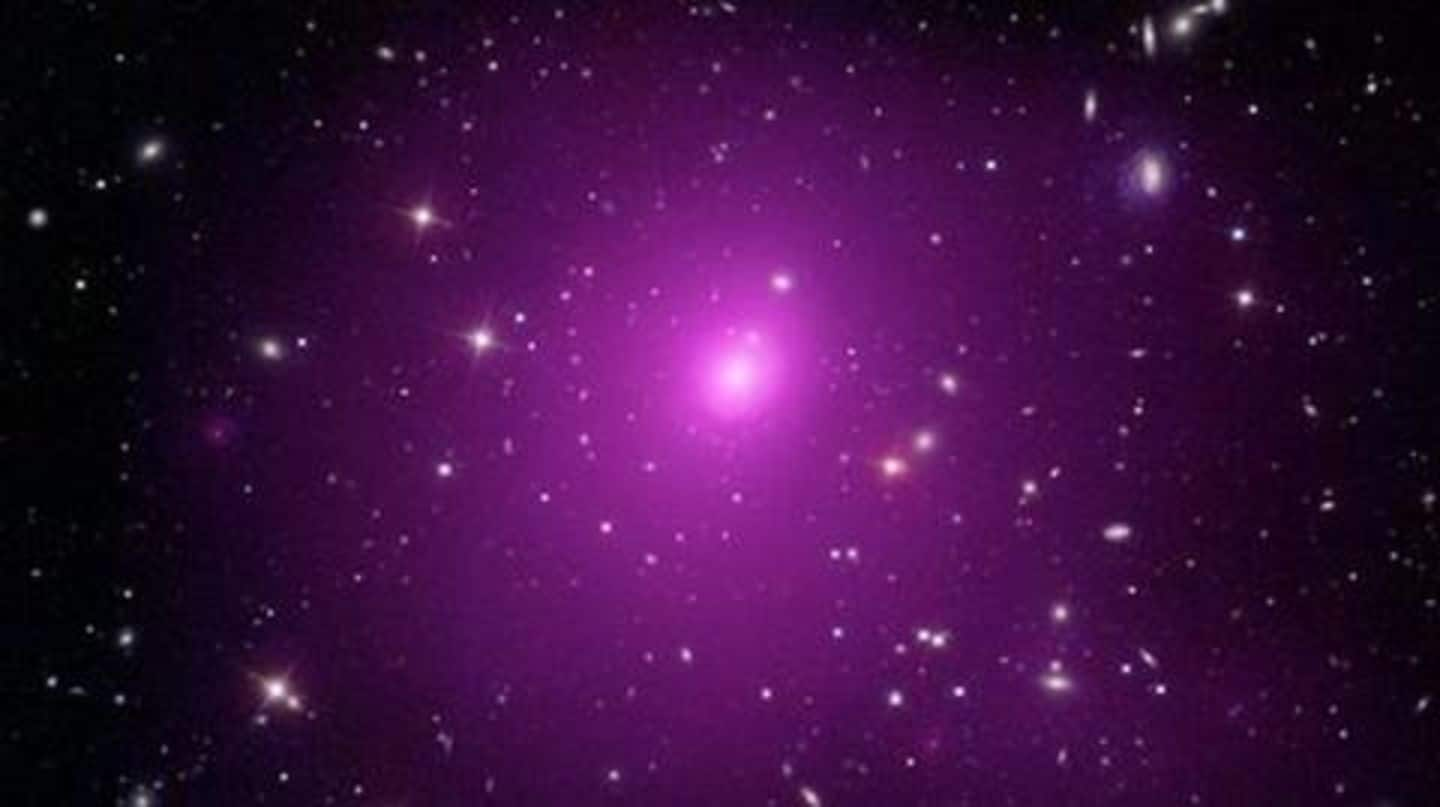
Astronomers just found the biggest black hole ever
What's the story
Just a few months after capturing the real photograph of a black hole's event horizon, aka the point of no return, astronomers have got another big black hole-associated discovery.
No, it's not another photograph, but the discovery of a black hole itself, one that is larger than any other cosmic void ever detected in the history of space observations.
Here's all about it.
Black hole
40 billion times heavier than the Sun
Sitting at the center of Holmberg 15A, a supergiant elliptical galaxy in Cetus constellation, the black hole in question is said to be as heavy as 40 billion Suns.
Now, this translates into 10,000 times the mass of the black hole at the center of our galaxy or twice as big as the black hole that previously held the record for the largest one.
Impact
How the team discovered the gigantic void
Researchers from Max Planck Institute mapped the structure of Holm 15A using data from the Very Large Telescope in Chile.
They noted that the center of the galaxy is unusually faint and decided to track the movement of stars in the region using the observatory.
The findings and the ensuing simulations led them to pin the size of the humongous black hole.
Information
It probably gobbled up stars in the region
Based on the humongous mass and the estimated radius of 790 times the distance between Earth and Sun, the team posited that the black hole is very powerful and has either gobbled up the stars in the region or kicked them towards the galaxy's edge.
Possibility
There might be other big black holes in the cosmos
Currently, this particular black hole will hold the mantle of the largest one directly measured by astronomers.
They are working to delve into its birth and evolution and find similar, or even bigger, cosmic monsters.
To note, there's already one candidate - quasar TON 618 - which is expected to weigh as much as 66 billion suns, although that's only based on indirect studies.
Distance
Worry not, they all are far far away
Now, knowing about the existence of black holes this big can be scary, especially when you know the fact they can gobble up stars.
But, rest assured, none of these cosmic voids are coming to gobble up our Solar System's star because they are very far away.
Holm 15A's black hole, in particular, is sitting 700 million light-years away from our planet.